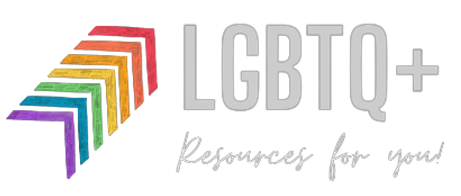Is Sex Addiction my Real Issue?
When many of us first walk into an SAA (Sex Addicts Anonymous) meeting, it’s because our sexual behaviors have become unmanageable. Sex addiction seems like the problem — the thing that has caused the chaos, the shame, and the broken relationships. It’s what brought us to our knees.
But as we begin to listen, learn, and work the steps, some of us start to see that sex addiction might not be our only issue. For some, it’s just the most visible symptom of something deeper. Beneath the surface, there might be other roots — alcohol, drugs, trauma, codependency, or unresolved family-of-origin pain — that feed into our addictive cycle.
When we start to recognize these connections, it’s not to complicate things or “take on too much.” It’s about healing more fully. Because recovery is not only about stopping a behavior — it’s about understanding why we reached for that behavior in the first place.
Seeing the Bigger Picture
Maybe you notice that your acting out usually follows drinking or using drugs. Maybe certain emotional triggers — shame, abandonment, or control — come from patterns learned in your family. Once you start to connect the dots, it becomes clear: the sex addiction isn’t happening in isolation.
For example:
A member might realize they need to be in AA as well as SAA to stay sober long-term.
Another might find that attending ACA (Adult Children of Alcoholics) or CoDA (Codependents Anonymous) helps them face the family pain that drives their compulsive sexual behavior.
The goal isn’t to label yourself with more problems. It’s to find the right mix of support and recovery to address the whole you.
Working Two Programs — Twice the Growth
Sometimes people worry that joining two programs will be overwhelming. But for many, it’s actually freeing. Each fellowship speaks a slightly different language, but the spiritual principles — honesty, surrender, accountability, and connection — are the same.
Working two programs can:
Reinforce your recovery: Sobriety in one area strengthens sobriety in another.
Deepen your insight: You learn to recognize triggers that cross over between addictions or behaviors.
Broaden your community: You meet people who understand the complexities of recovery from different angles.
Build emotional balance: Addressing root causes helps calm the inner turmoil that fuels compulsive behavior.
When both programs are part of your recovery toolkit, they don’t compete — they complement each other. One teaches you to stay sober from the behavior, while another helps you heal the wounds that led you there.
Healing Is a Layered Journey
You might start SAA thinking, “If I can just stop acting out, everything will be fine.” But recovery often reveals that there’s more work to do — and that’s not a bad thing. It’s growth.
The truth is, healing is layered. Sometimes sex addiction is the door that leads us to the deeper healing we’ve always needed. And that’s the beauty of recovery: one step, one meeting, one program at a time — we become more whole.
If you’re realizing that sex addiction might not be your only issue, don’t panic — get curious.
Talk with your sponsor, explore other fellowships, and stay connected to your recovery community. The goal isn’t to fix everything at once. It’s to keep taking honest steps toward freedom, however many programs that might take.
